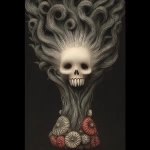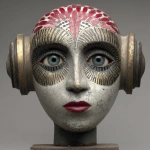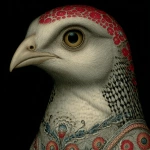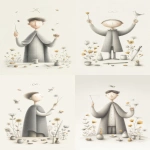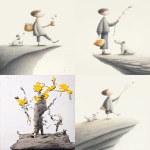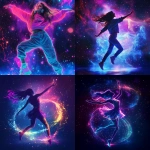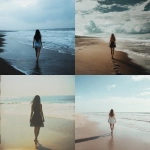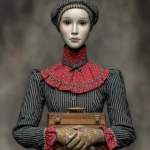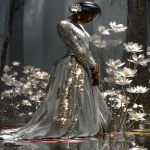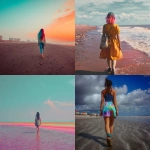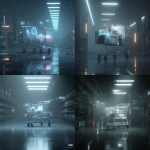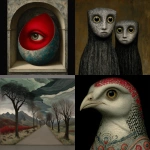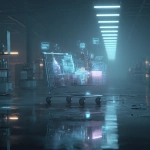Explore the Best AI Image Gallery
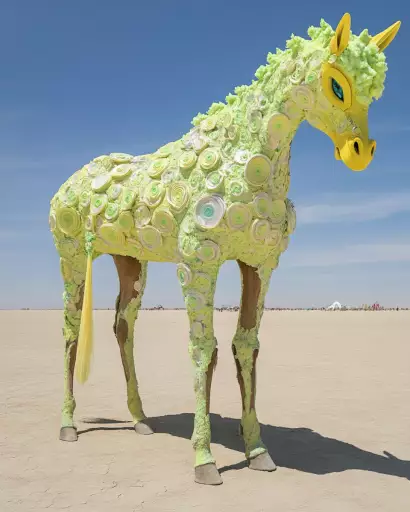
Pixels on Your Skin: AI-Generated Images and the Art Revolution
The art world is on the cusp of a seismic shift. No longer confined to brushes, canvases, and sculpting tools, creativity is now finding expression through the lens of artificial intelligence (AI). AI-generated images, once a futuristic fantasy, are rapidly becoming a tangible reality, blurring the lines between human ingenuity and machine learning.
This new frontier in art production is both exhilarating and controversial. On one hand, it democratizes artistic creation, empowering anyone with access to technology to generate stunning visuals. On the other hand, it raises profound questions about the nature of authorship, originality, and the very definition of art itself.
A Canvas Woven by Algorithms
AI-powered image generators, fueled by vast datasets of existing artwork, learn the patterns, styles, and nuances of different artistic movements. By inputting text prompts or even sketches, users can guide these algorithms to produce unique images that range from hyperrealistic portraits to fantastical landscapes.
These tools are already being used in diverse applications:
- Design and Advertising: Generating eye-catching visuals for marketing campaigns, product mockups, and website graphics.
- Entertainment: Creating concept art for movies, video games, and animation, as well as generating personalized avatars and interactive experiences.
- Art Itself: Exploring new artistic expressions, pushing the boundaries of creativity, and challenging traditional notions of authorship.
The Ethical Labyrinth
While the potential benefits are undeniable, AI-generated art also presents a complex web of ethical considerations:
- Authorship and Ownership: Who owns the copyright to an image created by an algorithm? Is it the user who provided the prompt, the developer of the AI software, or the AI itself?
- Bias and Representation: AI models are trained on existing datasets, which can perpetuate biases and stereotypes present in society. This raises concerns about the representation of diverse cultures and identities in AI-generated art.
- Misinformation and Deepfakes: The ability to create hyperrealistic images could be misused for malicious purposes, such as generating fake news, manipulating public opinion, or creating convincing forgeries.
Navigating the Future
As AI technology continues to evolve, it is crucial to have open and honest conversations about its impact on the creative industry. Establishing clear guidelines and ethical frameworks will be essential for navigating this uncharted territory.
The future of art likely lies in a harmonious collaboration between human creativity and AI assistance. Artists can leverage AI tools to enhance their workflow, explore new ideas, and break free from traditional constraints. Ultimately, the goal should be to use AI as a catalyst for innovation and artistic expression, enriching our world with beauty, wonder, and deeper understanding.
The canvas is no longer confined to physical space. It now extends to the very fabric of our digital reality, waiting to be explored by artists who dare to embrace the possibilities of this new era.
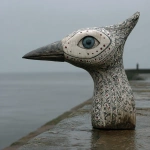

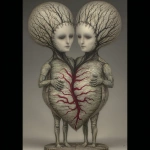


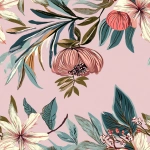
](https://images.ai-img.art/thumbnails/150/6a9bb97a3f1c45ab616724cc54bca010cbcc2d658a9c0e4581aa181c88046444.webp)
](https://images.ai-img.art/thumbnails/150/6a577517a359cd2bc6212d6b0f12c7cab660841317023550a76c84f409c7f2d0.webp)

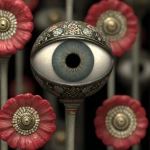
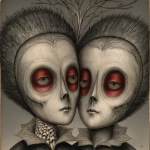
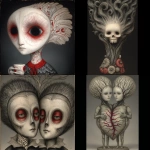
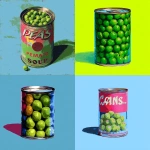
](https://images.ai-img.art/thumbnails/150/45237dfa7845159b860f9e234c48c4418e8efcb52b4d15da4493f46e6a99f337.webp)
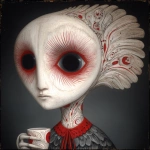
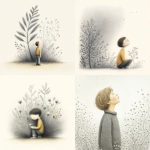


](https://images.ai-img.art/thumbnails/150/1b14bd827b740aca3b0d8efa7ed6865e28c7c8382172f3f565c96b6c5f64ca78.webp)
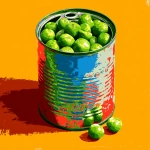

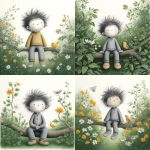


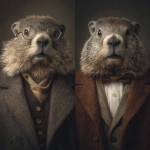
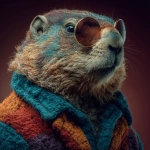
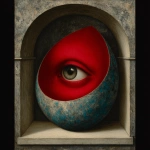

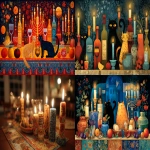
](https://images.ai-img.art/thumbnails/150/065f0b2e150f4cc43a9da80d822e8a385e9e50f2f6ff2cc3be7639cfd74952da.webp)
